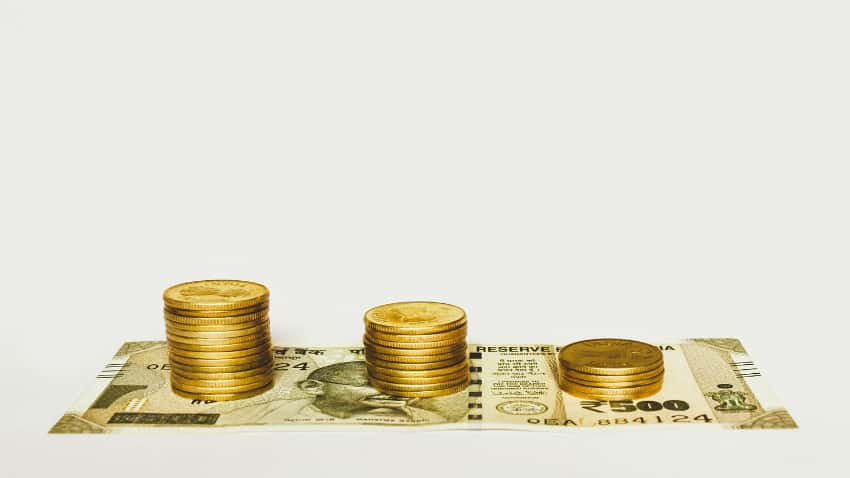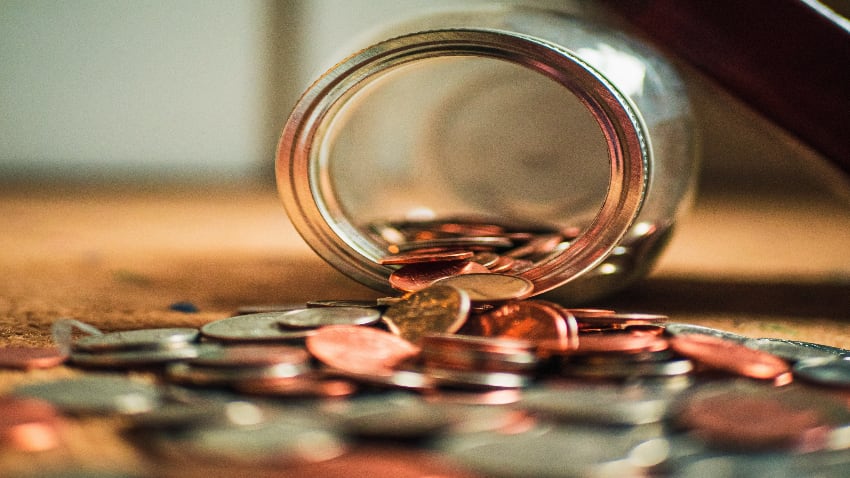Compounding Returns: What will be maturity amounts on Rs 7,000 monthly SIP investment in 10, 20, 30 and 40 years? See how returns grow faster with time
Power of Compounding: The power of compounding can be realised more significantly in the long run. A Rs 1,000 monthly SIP with 12 per cent annualised returns can generate a Rs 98 lakh corpus in 40 years, but a Rs 10,000 monthly SIP will generate just Rs 92 lakh in 20 years with the same rate of return. However, the investment in the second case will be nearly 6X compared to the investment in the first case.
Compounding returns, SIP returns, power of Compounding: Compound interest is the interest on interest, where the investor gets interest not only on the principal amount but also on the interest that they get on this principal. E.g., if someone invests Rs 1 lakh and get 12 per cent compound interest on it, their total amount after 1 year will be Rs 1.12 lakh; for the second year, they will get interest on Rs 1.12 lakh.
Photos: Unsplash/Pixabay
Is compounding is different in mutual funds?

In mutual funds, specially in equity, there is no interest rate. The value of investment increases or decreases as per the performance of equity stocks the fund has invested its money in. There can be 40 per cent annualised return in 1 year, but there can also be negative returns for the next year. So, is there any compounding in mutual funds?
Is compounding is different in mutual funds?

Compounding in mutual funds doesn't work as it works for the assets with a fixed interest rate. Here, as the price of the net asset value (NAV) rises gradually, the effect of compounding becomes significant in the long run. E.g., if you have purchased an NAV at Rs 10, and its price increases to Rs 200 in 10 years and to Rs 425 in 20 years, the difference of this price works as compounding. The one who has purchased this NAV at Rs 10 will get a significantly higher return than someone who has purchased the same NAV for Rs 200. However, for that, the person who has bought it for Rs 10 needs to be invested for a long time to get the maximum compound benefits.
How compounding in mutual fund works in long term

How compounding in mutual fund works in long term

How compounding in mutual fund works in long term

How compounding in mutual fund works in long term

How Rs 7,000 monthly SIP can grow in 10, 20, 30, and 40 years

Return from Rs 7,000 monthly SIP investment for 10 years

Return from Rs 7,000 monthly SIP investment for 20 years

Return from Rs 7,000 monthly SIP investment for 30 years






